In Hippopotamus, Edward A. Palmer weaves a psychological thriller that blurs the lines between reality and illusion, taking the audience on an unpredictable ride of suspense. The film follows Ruby, a girl kidnapped by a man named Thomas Allcraft, who claims to keep her captive until she falls in love with him. But what unfolds is far from simple, as the film explores the tension between truth and fiction, past and present, and dreams versus reality, leaving the viewers questioning what truly happened to the characters.
What is the movie about
The story begins with Ruby, a young woman, waking up in an empty room with brick walls. Her legs are injured, and she has no memory of how she got there. A man, Thomas Allcraft, enters and introduces himself as her kidnapper, stating that she will remain a prisoner until she learns to love him. As Thomas reveals details about Ruby’s life—her name, her age, and her family—he further explains the twisted rules of her captivity. He has intentionally injured her legs to prevent her from escaping and keeps her in isolation, bringing her food and painkillers, as well as a birth control pill. Though Ruby’s fear and confusion mount, she is forced to accept her new reality in this claustrophobic, seemingly hopeless environment.
Over time, Ruby starts to play along with Thomas’s demands in order to survive. Each day, Thomas repeats the same words, trying to instill memories in her, even though Ruby experiences a sense of memory loss and confusion. The strange repetition creates a surreal, dreamlike quality to the narrative, where moments from the past and present begin to intertwine, blurring the lines between reality and fiction.
 Frame from the film.
Frame from the film.Tom brings Ruby meals on a tray, assuring her that he will provide food three times a day. He also gives her painkillers and a birth control pill. The kidnapper promises to assist her to the toilet whenever she asks, outlining the rules: “The lights come on at 7 am and off at 11 pm. Don’t try to escape—we’re 10 miles away from the nearest town.” When Ruby asks, “Did you hate me?” Tom replies, “No,” and leaves the room.
Time passes, and Ruby finds herself once again sitting against the wall, facing Tom. The same words are repeated, and her confused expression mirrors her previous reaction, as if her memory has reset. Tom restates, “Your name is Ruby Watts, you’re 25 years old…” With each repetition of the story, new details emerge.
Gradually, Ruby begins to play along with Tom, attempting to gain his favor. When he brings her a book, she unexpectedly recalls a memory from her past. Tom explains that this book is her favorite, and the sight of it has triggered her memory. He clarifies that anything—a picture, sound, smell, or combination of sensory experiences—can serve as a trigger.
During one of their meals, Ruby asks Tom how many other girls he has kidnapped. He responds that she is the only one. The next day, Ruby removes the bandages from her knees, discovering she can walk. She then finds a brick in the wall, revealing matches hidden inside. The explanation follows: Ruby would ask Tom to light a candle for a romantic atmosphere during dinner, and afterward, she would secretly hide the burnt matches.
At the next meal, Tom serves a special dish. As Ruby tastes it, she remembers a scene at a restaurant, where she and Tom were celebrating an anniversary. Some memories blur together—Ruby, in a large brown sweater, tries to escape but is called back by Tom, who reminds her that she’ll need a coat. In the next moment, she’s in a white T-shirt, and the events seem to repeat, but it’s another day.
Eventually, Ruby recalls their graduation dance, when Tom confessed his love for her, expressing his desire to spend the rest of his life with her, and she reciprocated. Tom then shares his version of their history: he tells Ruby that one day, when he visited her house, he found her being assaulted by her friend, Nick. In a fit of rage, Tom killed Nick, placed Ruby in his car, and drove to the coast. They crossed to an island, where they found an abandoned farm.
Tom claims that when Ruby woke up, she had no memory of what happened. He insists he is doing all this to help her regain her memory and return to a normal life. Throughout their time together, Ruby continues to confuse words and concepts, once claiming that her memories are stored in the “hippopotamus”—likely referring to the hypothalamus. This might explain the film’s title.
The Hippopotamus Ending explanation
By the end of Hippopotamus, it becomes clear that Ruby has been playing along with Thomas’s psychological games. After being manipulated into believing fabricated memories, she eventually attacks Thomas in an act of defiance. Running away, she eventually collapses after finding a boat. The scene then shifts to a hospital room where Ruby is recuperating. However, when the doctor enters, it is revealed that the doctor is actually Thomas, staring directly into the camera. This revelation serves as the film’s shocking twist, indicating that Thomas has been manipulating Ruby’s mind all along, creating false memories in an attempt to make her love him again.
The true meaning of the Hippopotamus ending is that Thomas never had the noble intentions he portrayed. Instead, he has been playing god with Ruby’s memories and mind, creating a false narrative where he is her savior. The film leaves open-ended questions about what truly happened to Ruby and Thomas, with various interpretations about the characters’ past and their twisted connection.
The meaning of the film The Hippopotamus
The film’s title, Hippopotamus, alludes to the hypothalamus, a region of the brain involved in memory formation and emotional regulation. The room where Ruby is kept serves as a metaphor for the hypothalamus, where memories and experiences are stored, but they may not always reflect reality. Throughout the film, Thomas uses lighting and psychological manipulation to warp Ruby’s sense of time and place, forcing her to question her own memories and perceptions. This manipulation is both a scientific experiment and a twisted form of control.
At its core, Hippopotamus is about the subjectivity of truth and memory. The film challenges the audience to question what is real, blurring the lines between different versions of events. It invites viewers to create their own interpretations of the story, making each viewer’s experience unique. Whether Thomas and Ruby were once a couple or if Thomas constructed an entire narrative in his mind, the ambiguity of the film leaves the truth open to the viewer’s imagination.
 Stuart Mortimer as Tom. Frame from the film.
Stuart Mortimer as Tom. Frame from the film.In Hippopotamus, Edward A. Palmer crafts a psychological thriller that leaves much to interpretation. By intertwining truth and illusion, the film challenges the viewer to explore the complexities of memory, perception, and control. The final twist, where Thomas’s manipulation is revealed, serves as a haunting reminder of the lengths to which some will go to rewrite reality. The film’s ambiguous nature ensures that the story’s meaning remains elusive, offering a puzzle that each viewer must piece together on their own.
Similar Films to Hippopotamus
If you enjoyed the psychological complexity of Hippopotamus, you might also appreciate these films that explore themes of captivity, manipulation, and the blurred lines between reality and illusion:
- Room (USA, 2003): Joy, kidnapped as a child, lives in a small room with her five-year-old son Jack, who believes the room is the entire world.
- 10 Cloverfield Lane (USA, 2016): After a car accident, Michelle wakes up in a dark bunker with two other inhabitants who claim that life on the surface is no longer possible due to an alien attack. The suspense builds to an unexpected ending.
- Split (USA, Japan, 2017): A maniac kidnaps three girls and keeps them in a basement, revealing that he has 23 personalities, with the most dangerous one, the 24th, soon to emerge.
- Oldboy (South Korea, 2013): A man named Oh Dae-Soo is imprisoned for 15 years without explanation, only to be released and seek revenge on his captors.
- Ghostland (Canada, France, 2018): Two sisters are kidnapped by maniacs and held in a house for years, one of the sisters creating an alternative reality to cope with the trauma.

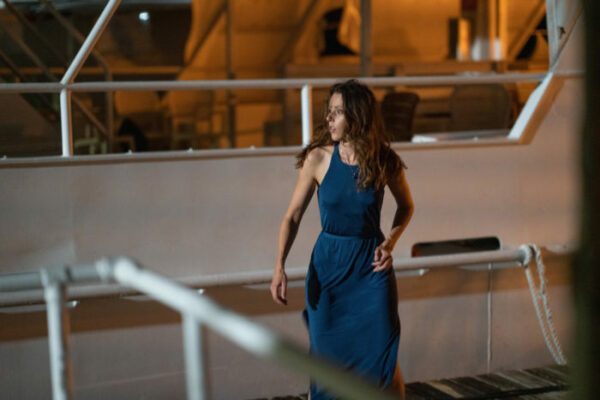

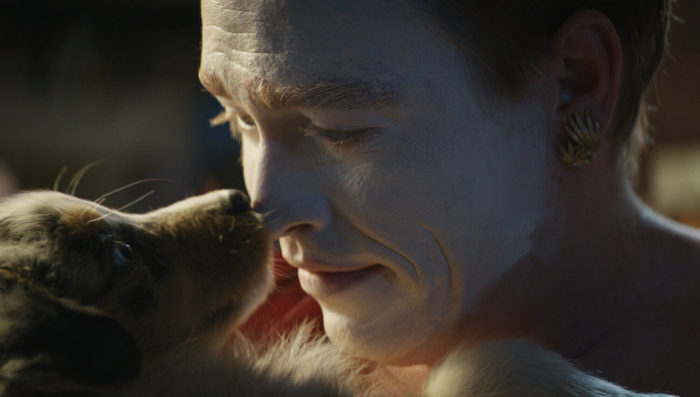
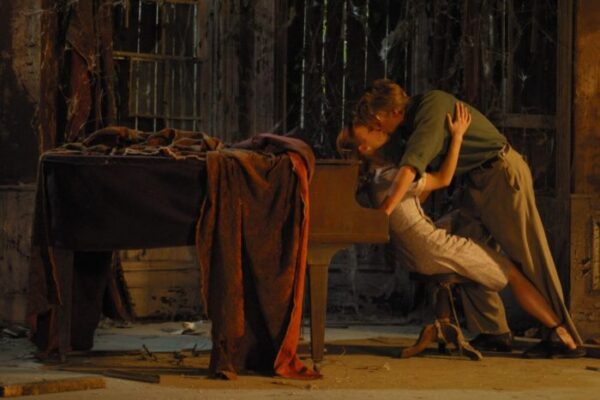
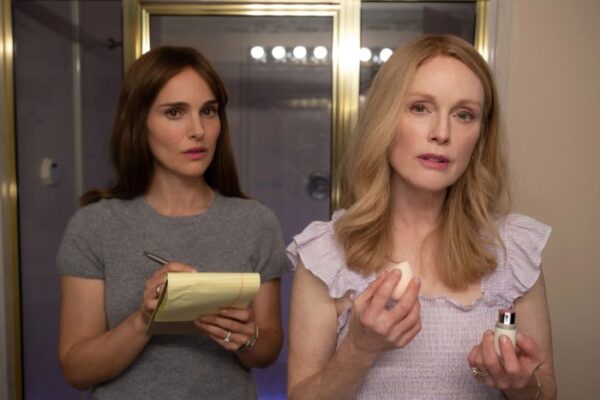
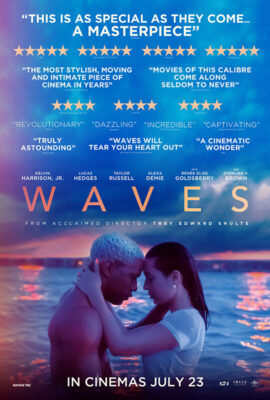
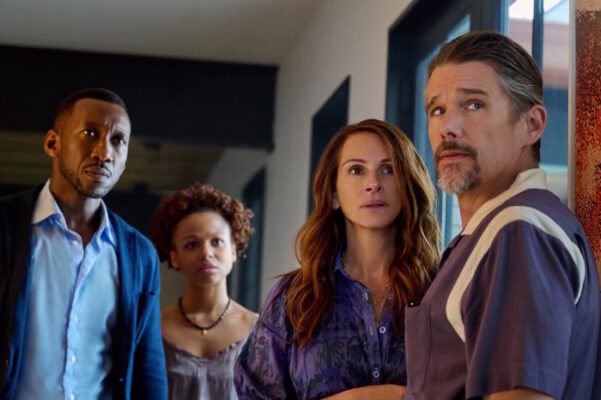
Not to be that person, but the movie is based on the hippocampus, which is a part of the brain used for memory, not the thalamus.
Excuse me I meant it’s based on the hippocampus not the hypothalamus.
Ruby does not ask Tom if he hates her. She asks, “did you rape me?”